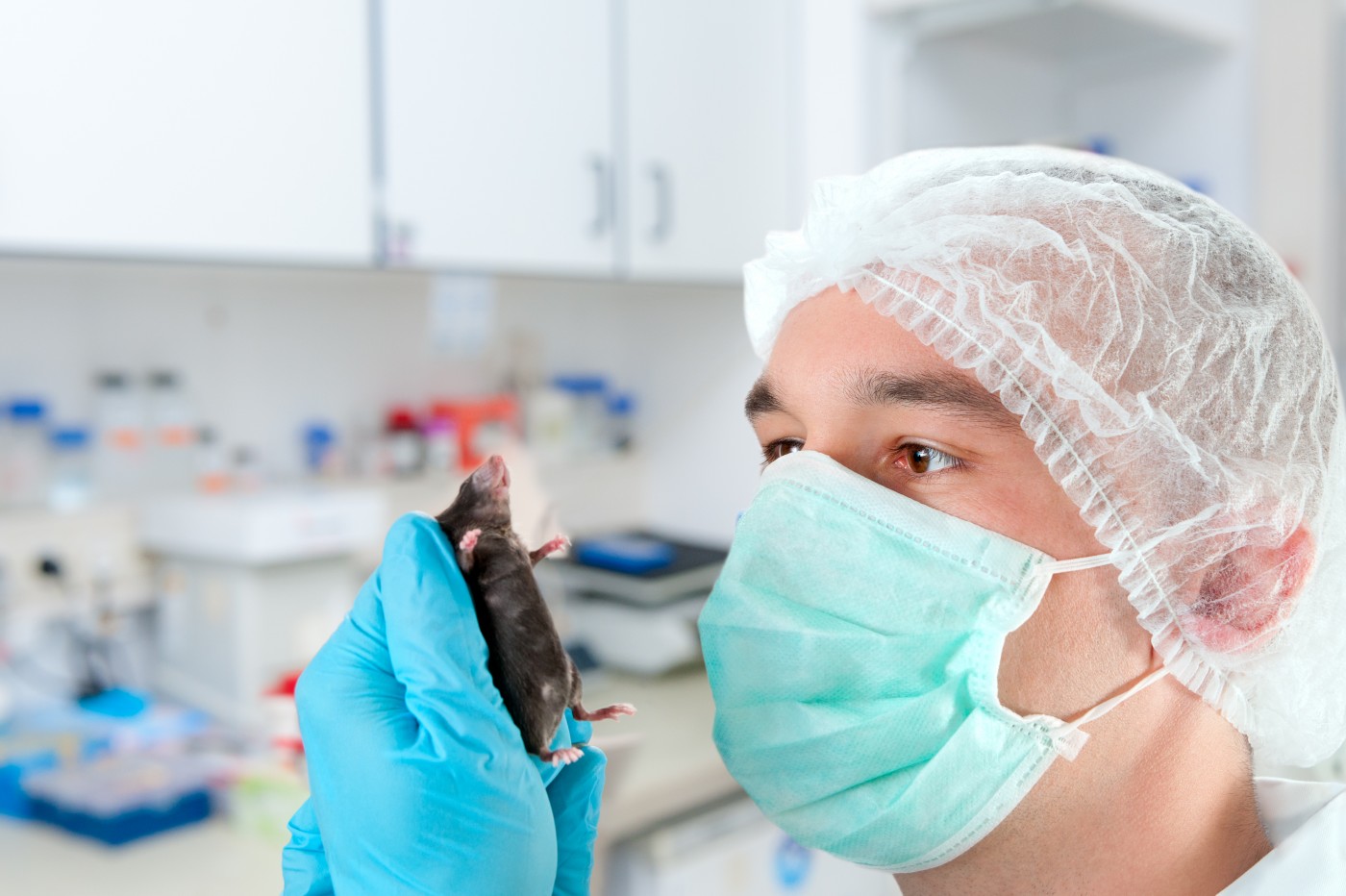Progranulin Seen to Improve Gaucher Disease in Mice
Written by |

Researchers from New York University School of Medicine recently found that treating a mouse model of Gaucher disease with a key part of the protein progranulin led to marked improvement. The finding may lead to new treatments for Gaucher and other lysosomal storage diseases.
The study, “Progranulin Recruits HSP70 to β-Glucocerebrosidase and Is Therapeutic Against Gaucher Disease,” was published in the journal eBio Medicine.
Progranulin is a factor involved in numerous bodily processes. It can act as a growth factor within the central nervous system and has the ability to suppress inflammation. A lack of progranulin is linked to Gaucher disease.
In an earlier study, the research team found that mutations in the gene coding for progranulin were more common in patients with Gaucher disease than in other people. Animal studies also show that mice lacking the factor develop Gaucher-like features when aged or exposed to stress.
How progranulin impacts Gaucher disease — a genetic condition caused by the accumulation of glucocerebroside — has long eluded scientists.
The research team studied fibroblast cells gathered from patients with type 1 and 2 Gaucher disease, and discovered that progranulin binds directly to the enzyme breaking down glucocerebroside, called β-glucocerebrosidase. Glucocerebroside is also known as β-glucosylceramide.
The team analyzed a mouse genetically engineered to lack progranulin. They noted that when the protein was missing, the enzymatic activity of the enzyme was not changed. Instead, β-glucocerebrosidase began clustering inside inflammatory cells. More studies suggested that the lysosomal localization of β-glucocerebrosidase depends on the presence of progranulin.
Additionally, a receptor mediating the delivery of β-glucocerebrosidase to lysosomes, LIMP2, was also aggregated in the cells.
A more thorough molecular analysis revealed that when β-glucocerebrosidase was bound to LIMP2 under stressful conditions, the two proteins interacted with a third factor, HSP70.
The team took the part of progranulin that was essential for the interaction and added it to the patient-derived cells which reduced the defects in lysosomal storage and increased the amount of beta-glucocerebrosidase that was found in the lysosome.
Treating mouse models of Gaucher disease with the protein part reduced both the number and size of Gaucher cells and lessened the storage of glucocerebroside.



